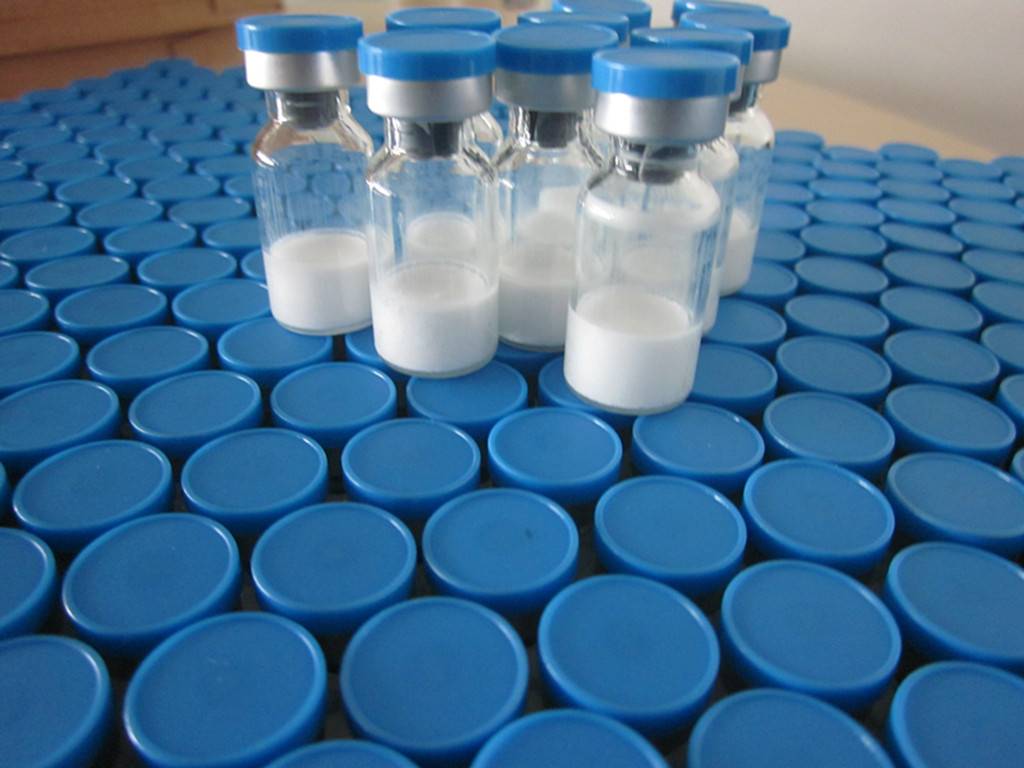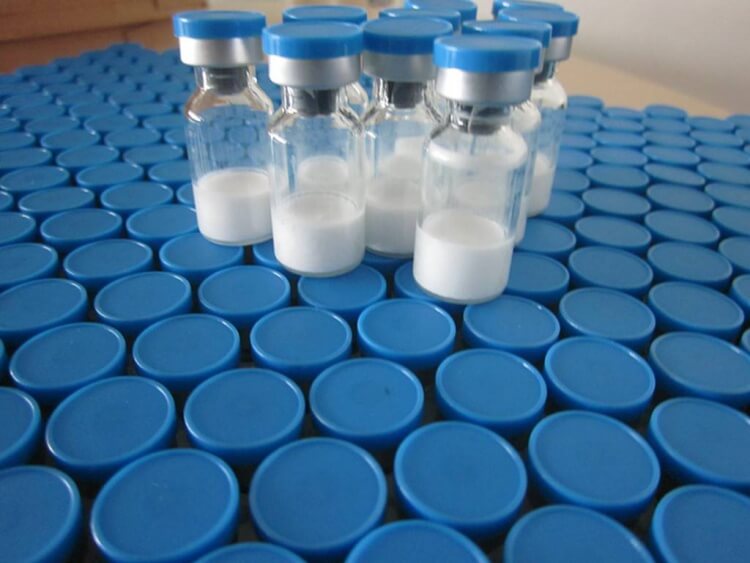
Q: “You’ve previously written that SARMs such as Ostarine are more hype than reality. They imitate the name of SERMs, claiming to be “Selective Androgen Receptor Modulators” to have a name that might go over better with the public than “anabolic steroids” does. Well you didn’t say exactly that but that was what I got out of it. Ostarine does seem to offer nothing over existing anabolic steroids, I see no reason to add it to a cycle. But I’ve just read about RAD-140. This one sounds like the real deal. What say you?”
A: RAD-140 is indeed very interesting.
First, as to terminology. An “agonist” is a molecule which activates a receptor. A full agonist, at high enough concentration in the blood or test medium, can achieve 100% effect from the receptors. A partial agonist, also called a weak agonist, can only ever achieve partial effect from the receptors. In some cases it binds the receptors, but no activity results. In some cases, the presence of a partial agonist can reduce the effect of a full agonist that is also present. For example, in humans estriol, a weak agonist, can reduce the effect of estradiol, a full agonist.
The concept of a modulator, as opposed to being a simple agonist of some type, is that when the molecule binds to a receptor, in some tissues the receptor will act in one way and in other tissues, a different way.
Tamoxifen (Nolvadex) or clomiphene (Clomid), for example, cause estrogen receptors in breast tissue to work differently than when estradiol binds the receptors, but in bone tissue causes the receptors to work in the same way as when estradiol binds.
So what would be the significance to androgens? In muscle cells we’d want the molecule to work in the same way that testosterone does. But in tissues that we don’t want androgenic effect, ideally we’d want the molecule to work differently at the androgen receptor than testosterone does.
In terms of the most commonly measured effect – levator ani growth vs prostate growth* – we already had this with the synthetic anabolic steroids. The difference in effect was calculated as the anabolic/androgenic ratio. Values for this ratio reached as high as a reported 20:1 with norbolethone, 16:1 with norethandrolone, and 12:1 for oxandrolone.
Ostarine and some others showed anabolic/androgenic ratios comparable to this, though a little better. Differences were arguably more quantitative than being in kind or class, particularly given that the assay method gives quite variable results from one study to another.
RAD-140, however, has shown an anabolic/androgenic ratio of about 90:1, and actually antagonizes (partially blocks) the effect of testosterone on the prostate. That’s an impressive demonstration.
Now as to whether RAD-140 has less activity in the scalp or, for women, the larynx than synthetic anabolic steroids, that would be a differing question which may have a differing outcome.
It’s a very interesting compound, and could be of value as part of a steroid stack due to its partial testosterone blocking effect in the prostate.
* In the rat, the muscle sometimes called the levator ani acts to elevate the penis. While it responds differently to anabolic steroids than skeletal muscle cells in general do, in the anabolic/androgenic ratio measurements levator ani growth is used as a guess factor for general effect on skeletal muscle growth. Prostate growth provides some useful information on effect on the prostate and is used as a guess factor for effect on other tissues such as the scalp and the larynx, but is of no proven value for estimating effect on those tissues.

About the author
Bill Roberts is an internationally-recognized expert on anabolic steroids and performance-enhancing drugs (PEDs). He received a bachelor degree in Microbiology and Cell Science and completed the educational and research requirements for a PhD in Medicinal Chemistry at a major American university.
Bill entered the nutritional supplement industry prior to completing his doctoral thesis but his education was invaluable so far as being able to design/improve nutritional supplement compounds, since it was in the field of designing drug molecules and secondarily some work in transdermal delivery.
His education was not specifically "geared" toward anabolic steroids other than expertise with pharmacological principles having broad applications. This has allowed Bill to provide unique insight into the field of anabolic pharmacology with knowledge of points which he would not have known otherwise.
How long is the detection time?